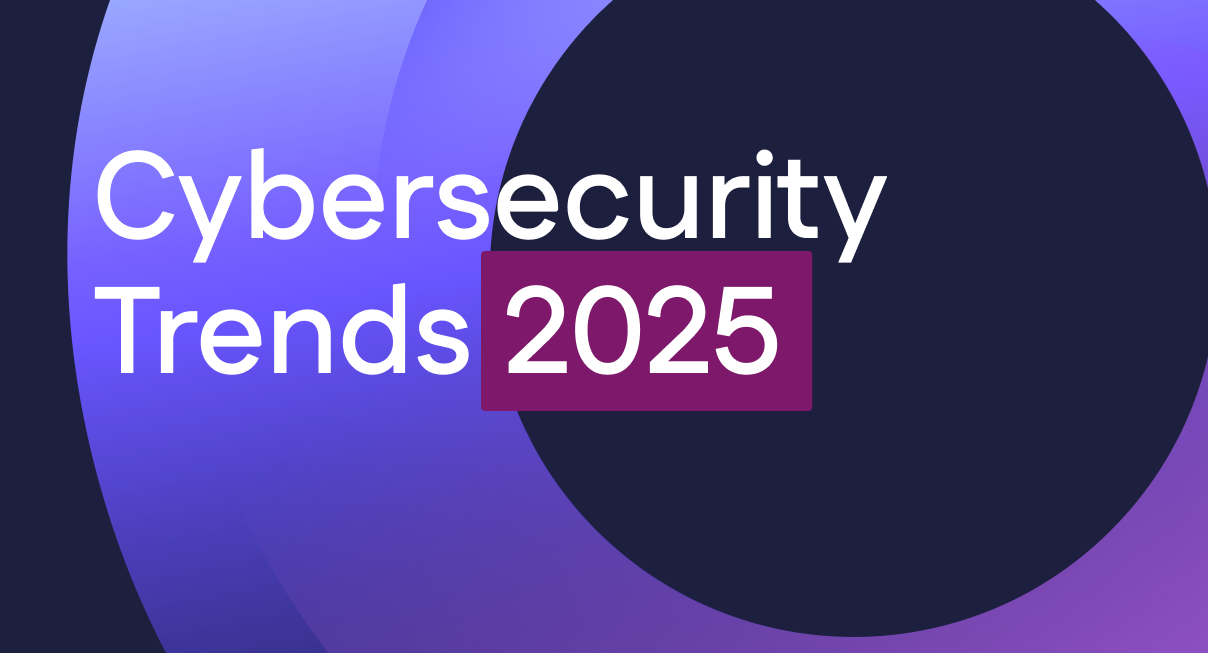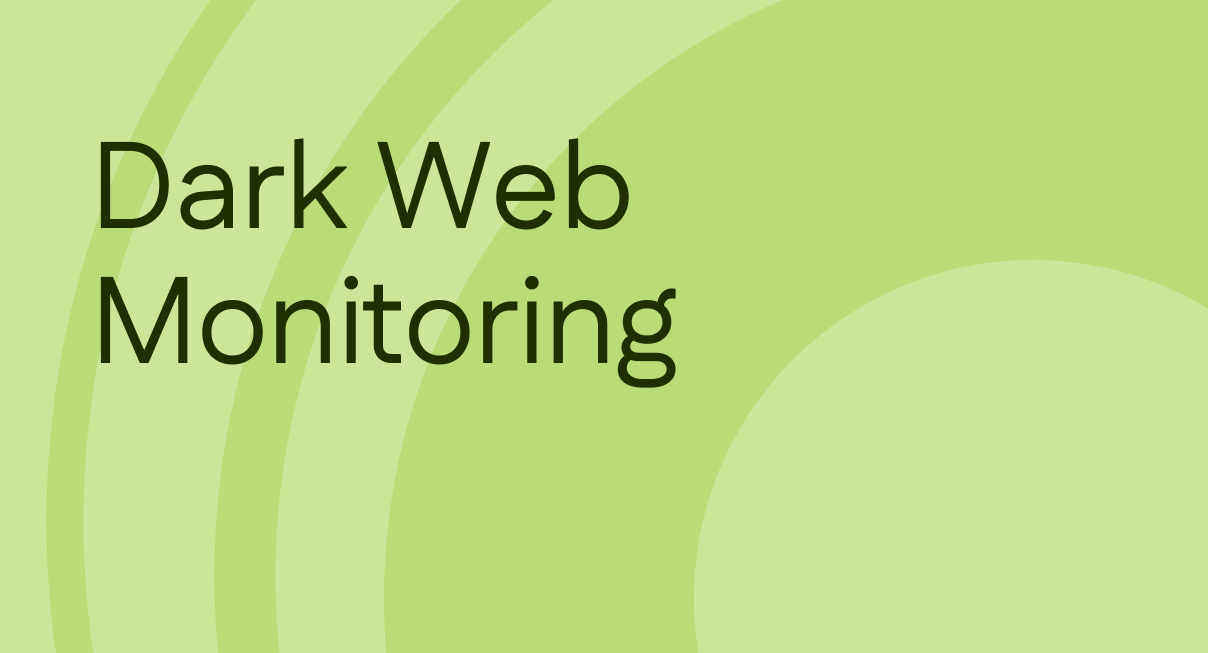Cloud Data Security – Best Practices
Organizations across sectors have seen rapid digital transformation in recent years, with workloads, data and entire computing ecosystems moving to the cloud. More business operations and internal & external communication are now conducted online as organizations leverage web apps and services that promise greater efficiency and convenience. These initiatives gained further momentum during the Covid-19 pandemic, which propelled many organizations to transition to cloud-based environments as a means of navigating through uncertain times.

From a cybersecurity perspective, this means that the organizations that have switched to a different mode of working now need to build effective strategies to protect their cloud data. The almost en masse global adoption of cloud-hosted apps and services has led to a degree of data sprawl that infosec teams would have been completely unfamiliar with until a decade ago. Many businesses that have prioritized productivity and efficiency in their move to the cloud simply haven’t focused on cloud data protection.
What is Cloud data?
Cloud data refers to data that that is stored on servers situated in external, remote locations, frequently under the ownership of a cloud storage provider, rather than being housed within the premises of the organization or individual who owns the data. This data is then accessed by organizations via cloud computing services, web applications, or web APIs.
Cloud Data Security Concerns
According to the 2023 Cost of a Data Breach Report (by IBM and the Ponemon Institute), 82% of data breach incidents between 2022 and 2023 were linked to data stored within cloud environments. Cybercriminals recognize that organizations now house their most valuable data in the cloud, rendering cloud storage environments an ideal and attractive target for their malicious activities.
Lack of visibility into data and access
In a cloud environment, organizations often struggle with maintaining visibility into what data they have, where it lives, and who has access to it. This lack of visibility can arise due to the dynamic nature of cloud services, where resources can be provisioned and de-provisioned quickly. Without proper governance and access controls, sensitive data might be left exposed to or accessed by unauthorized parties, leading to data breaches and compliance violations.
Data traversal and network risks
Cloud data travels over networks, often spanning vast geographical distances. This movement exposes data to interception, tampering, or eavesdropping if proper encryption and security protocols aren’t implemented. The risk becomes more pronounced in public networks or unsecured connections, making it imperative to secure data in transit with encryption technologies like TLS/SSL.
Configuration errors
Cloud environments offer a high degree of flexibility, which also increases the risk of configuration errors. Misconfigured access controls, open ports, or poorly designed security groups can inadvertently expose private data to the public internet. For example, misconfigured permissions on Amazon S3 buckets have led to numerous high-profile data breaches in recent years. S3 buckets are widely used for storing files in the cloud, and if bucket permissions are set to public, sensitive data can be accessed by anyone with the correct URL.
Cloud Data Security Best Practices
While there is general acceptance that cloud security is most effective when cloud providers and consumers share the responsibility for security controls, there is now greater emphasis on the role of the cloud customer in keeping data secure.
As per insights from Gartner, most instances of cloud security breaches are attributable to cloud customers themselves. Gartner’s projections indicate that by the year 2025, an overwhelming 99% of cloud security lapses will be due to the actions of cloud consumers. In response to this challenge, many security-focused organizations have started taking a more proactive role in managing cloud configurations. There is now greater guidance and more tools and standardized templates available to empower cloud consumers.
Cloud Data Visibility
Data visibility involves maintaining a comprehensive understanding of the types of data stored in the cloud and who has access to it. Organizations need to implement effective data classification mechanisms, identifying the sensitivity of data and its potential risk level. With clear visibility, security measures can be tailored to different data categories, minimizing the chance of unauthorized access or leakage.
Secure Configuration
Secure configuration involves setting up and managing cloud resources in a way that aligns with best security practices. This includes correctly configuring access controls, encryption, and authentication mechanisms. Organizations should establish standardized security templates or blueprints for different types of cloud resources, reducing the risk of misconfigurations that could expose data.
Data Flow Monitoring
Monitoring the flow of data within the cloud environment is essential for detecting any abnormal activities or unauthorized data transfers. This involves employing advanced monitoring tools and techniques that track data movement across networks and services. With continuous monitoring, organizations can swiftly identify potential breaches and mitigate risks before they escalate.
Cloud Data Access Controls
Effective access controls are critical for limiting who can access cloud-stored data and what actions they can perform. This involves implementing robust authentication mechanisms, multi-factor authentication (MFA), and least privilege principles. Access controls should be finely tuned to match user roles and responsibilities, minimizing the risk of unauthorized data access.
Clear Policies and Procedures
Establishing clear and well-defined policies and procedures is the foundation of a strong cloud data security framework. These policies should cover aspects like data handling, sharing, retention, and disposal. Regular employee training ensures that individuals are aware of these policies and understand their responsibilities regarding data security.
Cloud Data Encryption
Encryption serves as a strong defense against cloud data breaches by rendering sensitive information unreadable to unauthorized parties. By employing robust encryption protocols, organizations ensure that even if data is intercepted or breached, it remains virtually indecipherable without the appropriate decryption keys. It’s important to choose encryption algorithms and key lengths that align with industry standards and best practices. By adopting encryption practices for data at rest, in transit, and end-to-end, organizations can bolster the confidentiality and integrity of their sensitive information, thus mitigating the potential fallout of unauthorized access.
Regular Data Flow Monitoring
Monitoring the movement of data within the cloud is essential for detecting any anomalous activities or unauthorized data transfers. This involves implementing robust monitoring tools and techniques that track data as it traverses networks and services. By continuously monitoring data flows, organizations can promptly identify potential breaches, data leakage, or unauthorized access. Regular monitoring enhances incident response capabilities and helps ensure data integrity.
Employee Awareness
Recognizing that employees are a critical link in data security, providing comprehensive training is paramount. This training should educate employees about best practices, security protocols, and potential risks associated with cloud data usage. Topics covered might include safe data handling, the responsible use of cloud services, password hygiene, and the importance of adhering to security policies. Well-informed employees become proactive defenders against data breaches and contribute to a security-conscious workplace culture.
By integrating these core elements into their cloud data security strategy, organizations can effectively mitigate risks and ensure the confidentiality, integrity, and availability of their data. It’s important to note that cloud data security is an ongoing effort, requiring constant vigilance, regular audits, and adaptations to address evolving threats and technologies.
How CYRISMA can help
CYRISMA’s all-in-one cyber risk management platform includes multiple features and functionalities to protect organizations’ cloud data (including Microsoft Office 365, Google Cloud & Workspace). Enterprises, SMBs, MSPs and MSSPs can use CYRISMA to perform comprehensive data scans and discover and classify their sensitive data, wherever it resides. Users can scan their on-prem and cloud environments for dozens of pre-existing sensitive data categories or create custom categories, and take action to protect this data from within the CYRISMA platform. Data protection actions include deleting sensitive data, encrypting files, removing access permissions or moving the data to a more secure location.
Read more about CYRISMA’s Sensitive Data Discovery capability here.
Latest updates
View allTurn risk and compliance into revenue
Get a Demo








